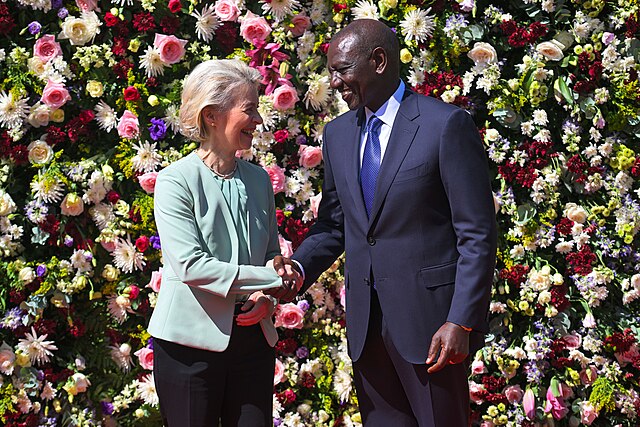
Professor Cornel West put it bluntly when giving a speech in front of an audience of hundreds at Smith College this past February.
“I want you all to know you are in this class to learn how to die,” he said.
Not long ago, a Latino friend of mine was coming out of a bar and was stopped by an Amherst police officer. I’m unsure of what exactly transpired between the two of them because I wasn’t there. But his story was that, as a result of whatever verbal altercation transpired, the officer threw him against the hood of the police car and ultimately damaged his shoulder.
And, go figure, no window was opened for a complaint to be made against the officer. Instead, my friend was charged with disorderly conduct.
I frequently think of the procedure that establishments are now teaching people about how to avoid getting shot dead in an encounter with the authorities. If you’re walking, hands go up, get down with your face flat to the ground and answer every question you’re asked. If you’re in your car, place hands firmly on the wheel, answer every question you’re asked and whatever you do, don’t move.
There is a two-page how-to in the Massachusetts Driver’s Manual about how to interact when stopped by a police officer. Coincidentally, the eighth bullet of the “General Guidelines if You Are Stopped by a Police Officer” – yes, that’s exactly what it’s called – instructs drivers to have their information ready before the officer approaches the car. The video of Philando Castille, who was just shot dead this past summer while reaching in his pocket for his information, exemplifies this “guideline” and shows how quickly – and sometimes unjustly – law enforcement follow this procedure.
Professor Joy Hayward–Jansen of University of Massachusetts Amherst English department said that often, whenever stories such as these ones come up, people are first asking themselves, “what did they do to end up getting killed?” And, of course, this takes accountability off of the perpetrator. Something about it sounds similar to the issue of sexual assault. How often are there signs hanging up on walls on how to avoid getting assaulted, rather than signs hanging up teaching people how to not assault other people?
“Increase of prosecuting police officers is going to help,” Hayward-Jansen said,
At one time, I was one of those who thought it only the black man’s problem. I was wrong, dead wrong. Before seeing West, I had never been pulled over but had heard about Sandra Bland of Prairie View, Texas story. Take a moment to read about Aiyana Stanley-Jones. Are there any instances where this seven-year-old came across as a “threat”?
Former black police officer, Redditt Hudson, says in his opinion piece for The Washington Post that he decided to quit the police force after witnessing how systematic racism and brutality can be in the police force. He recalls an instance where a boy on crutches was dragged to a police car by the ankles after telling a police officer he couldn’t walk. And he cites hearing co-officers repeatedly refer to people of color as “thugs,” even if they were only witnesses. (Aiyana Stanley-Jones didn’t even remotely fit the “lawless thug” profile. But don’t tell anybody I said that.) Hudson admits that many cops often didn’t think of consequences due to these actions because they knew they wouldn’t be prosecuted due to many investigations being done by people they knew.
And don’t forget the arrest video of Breaion King, a black schoolteacher, arrested in Texas in 2015 and body slammed into a truck. You can literally hear the bang as she’s being slammed by an officer who looks to be twice her size. Throwing salt on the wound, the officer driving her to the station tells her bias against blacks exists because they’re “intimidating” and have “violent tendencies.”
Some like to use “black-on-black” crime as a justification for the “violent tendencies” accusation, but the FBI’s Department of Justice website shows that most whites are killed by other whites and blacks by other blacks. Yet, I’ve never heard a cop use the phrase “white-on-white” crime or call white people “intimidating and violent” after Adam Lanza shot 20 children at Sandy Hook Elementary School in 2012 or after Dylann Roof allegedly shot nine people in a South Carolina church in 2015.
Think about what the “intimidating and violent” label says about black police officers, our current President, or even the University of Massachusetts’ own Police Chief Tyrone Parham. If you think black police officials don’t get stopped, think again. In 2008, NYPD Deputy Chief Douglas Zeigler was stopped by officers while in his car, and the officers still didn’t believe he was a chief deputy after he showed NYPD identification. At-the-time New York Senator Eric Adams didn’t have a choice but to admit racial profiling is an issue after that. Now, what if that altercation had have turned fatal?
I’d rather just not talk anymore about it all. And, instead of going into more nationally acclaimed cases like Trayvon Martin, Michael Brown, Tamir Rice, Eric Garner, etc., I’d rather focus on how learning to die from West troubles me into thinking about whether my parents would hold an open-casket funeral service if that time ever comes.
Elisheva Azarael is a Collegian columnist and can be reached at [email protected].

















